UK and US Carrier Strike Groups in Singapore Amid Rising Tensions in Iran: A Demonstration of Global Maritime Power
In June 2025, Singapore’s port emerged as a pivotal maritime hub, hosting two of the world’s most powerful carrier strike groups almost simultaneously. The British Royal Navy’s HMS Prince of Wales and the US Navy’s USS Carl Vinson arrived as part of their Indo-Pacific deployments, sending a clear signal of allied naval readiness against a backdrop of escalating tensions in the Middle East.
navy worldwide nato newsToday | 07:17 | Source: Gazeta Morska | Prepared by: Kamil Kusier | Print

fot. Ministerstwo Obrony UK
Dual Presence, Dual Message
The simultaneous visits of these carrier strike groups are more than routine port calls. They coincide with an intensification of hostilities involving Iran, including drone strikes against Israeli targets and subsequent US retaliatory airstrikes on Iranian nuclear facilities. Iran’s threats to close the Strait of Hormuz—a crucial chokepoint for global oil and LNG shipments—raise the stakes for maritime security not just in the Persian Gulf but across vital trade routes connecting Asia and Europe.
Singapore: Strategic Maritime Nexus
The Indo-Pacific remains the fulcrum of global maritime security. By projecting naval power from Singapore, the US and UK are safeguarding critical sea lines of communication stretching from the South China Sea and the Strait of Malacca to the Persian Gulf.
HMS Prince of Wales
At over 65,000 tons, the Queen Elizabeth-class carrier is a centerpiece of the UK’s Global Britain naval strategy. Capable of deploying up to 36 F-35B stealth fighters and various helicopters, Prince of Wales is engaging in joint exercises with Singapore and ASEAN navies, underscoring London’s commitment to Indo-Pacific security and energy stability.
USS Carl Vinson
A nuclear-powered Nimitz-class carrier, USS Carl Vinson leads Carrier Strike Group One, including guided-missile destroyers and cruisers. Its air wing comprises F/A-18E/F Super Hornets, EA-18G Growlers, E-2D Hawkeyes, and multi-role helicopters. Positioned in Southeast Asia, the group maintains a flexible posture ready to redeploy rapidly to hotspots like the Persian Gulf if needed.
Linking Iran Crisis to Indo-Pacific Security
The potential closure of the Strait of Hormuz threatens to disrupt energy supplies vital to Asian economies—Japan, South Korea, India, and ASEAN countries heavily depend on uninterrupted seaborne imports. The Western naval presence in Singapore acts as a shield for these global supply chains and deters attempts to destabilize the region’s maritime trade routes.
Power Projection and Strategic Flexibility
Combined with strategic bases such as Diego Garcia and long-range assets like B-2 stealth bombers, the allied naval forces demonstrate an integrated, multi-domain capability for rapid global response. The concurrent carrier presence in Asia amid Middle East tensions illustrates NATO’s and allied ability to apply sustained pressure in multiple theaters simultaneously.
Conclusion: Maritime Diplomacy Meets Hard Power
Singapore has become a stage for showcasing Western unity, strength, and strategic resolve. The presence of both UK and US carrier strike groups is more than military posturing—it is a definitive message to allies and adversaries alike: control over global maritime routes remains fundamental to 21st-century security architecture.
see also
Buy us a coffee, and we’ll invest in great maritime journalism! Support Gazeta Morska and help us sail forward – click here!
Kamil Kusier
redaktor naczelny
gallery

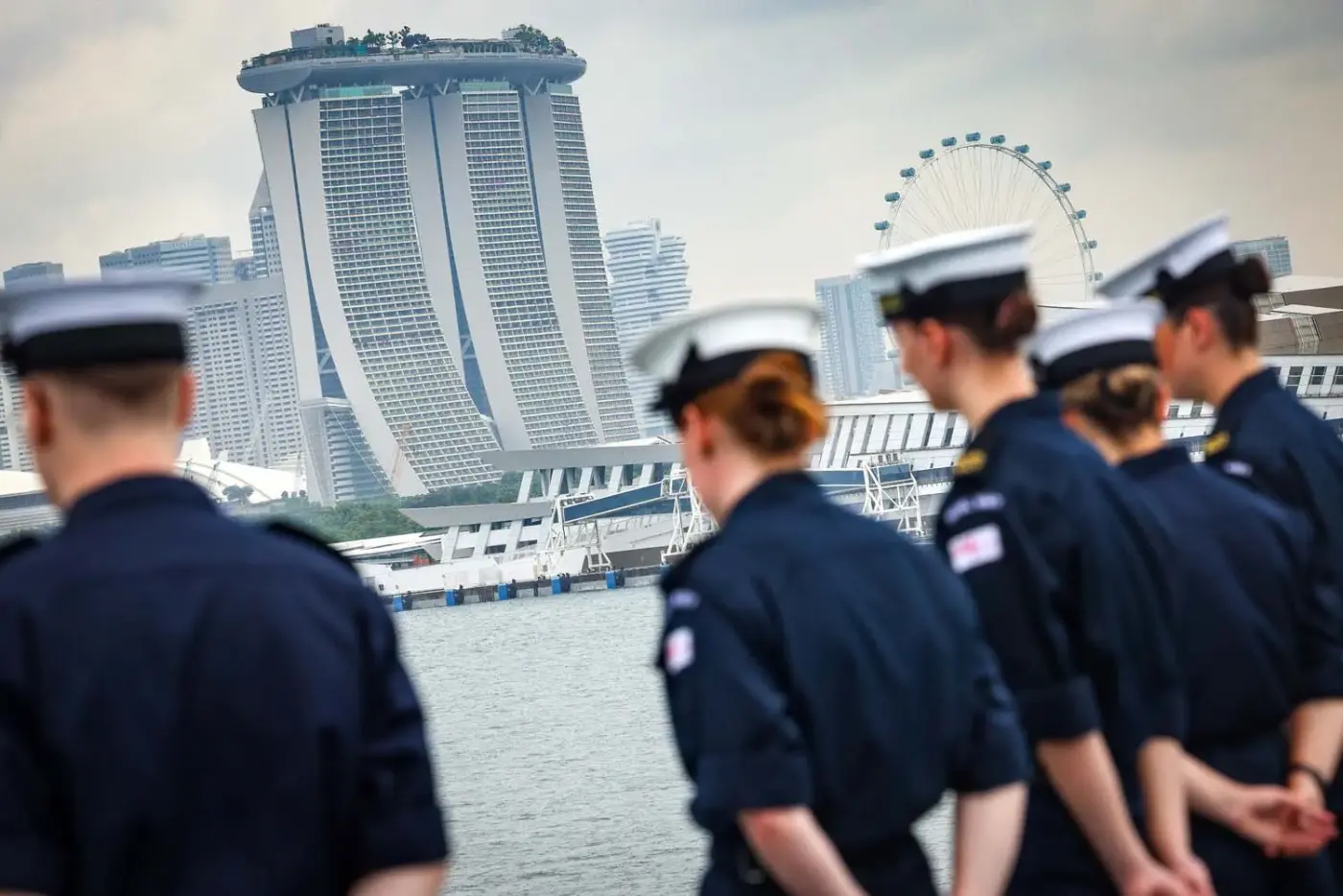

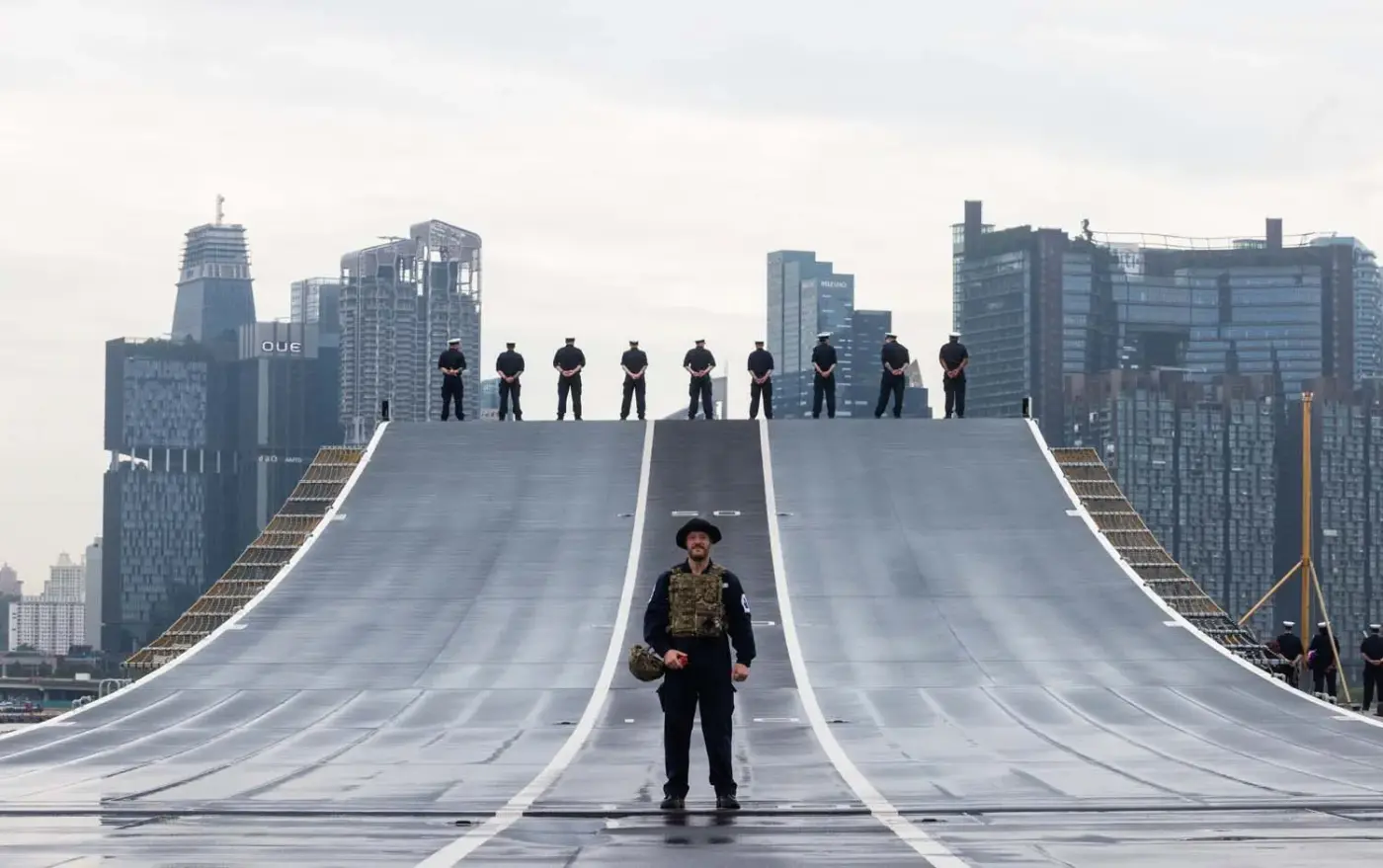
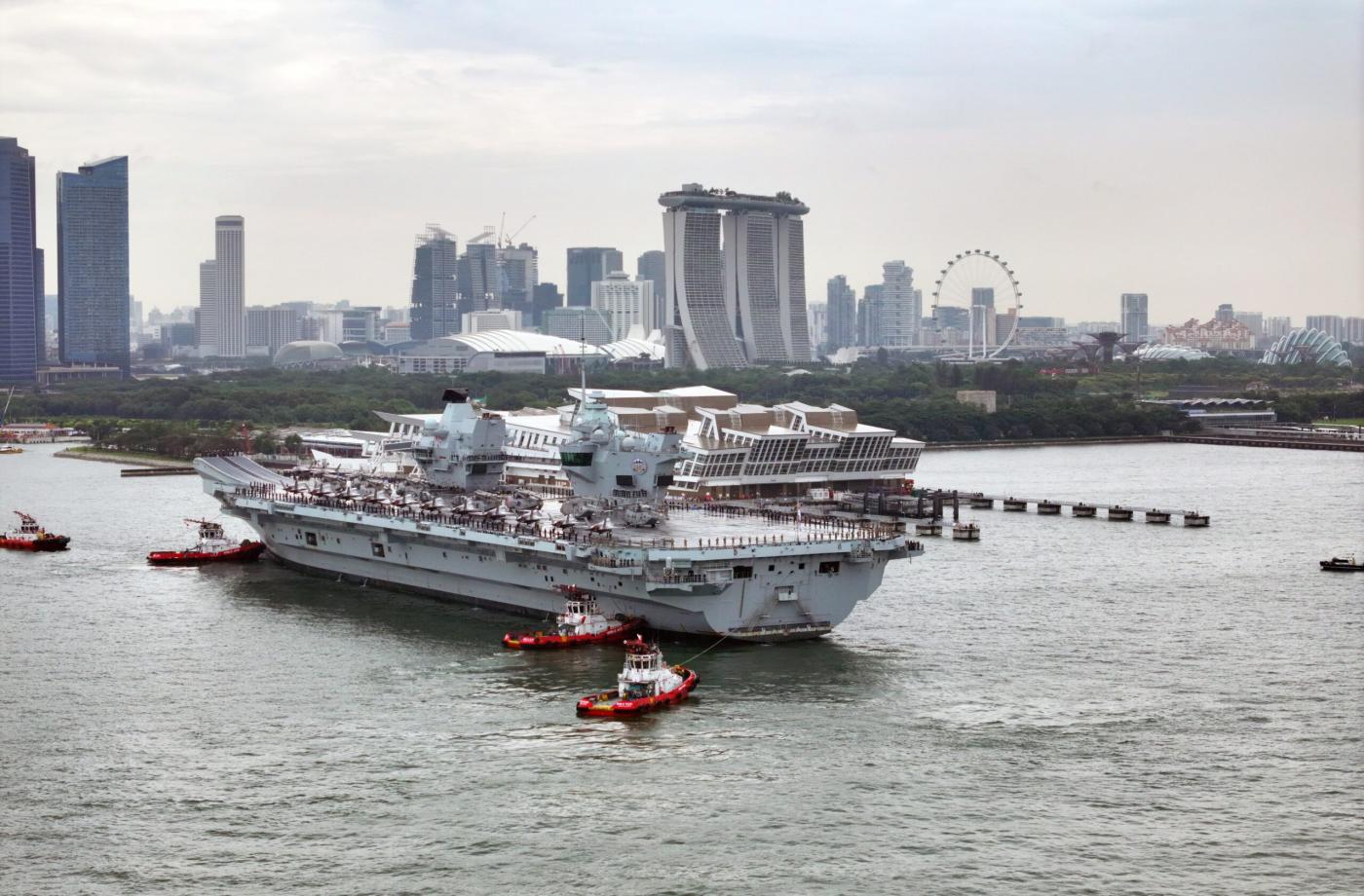
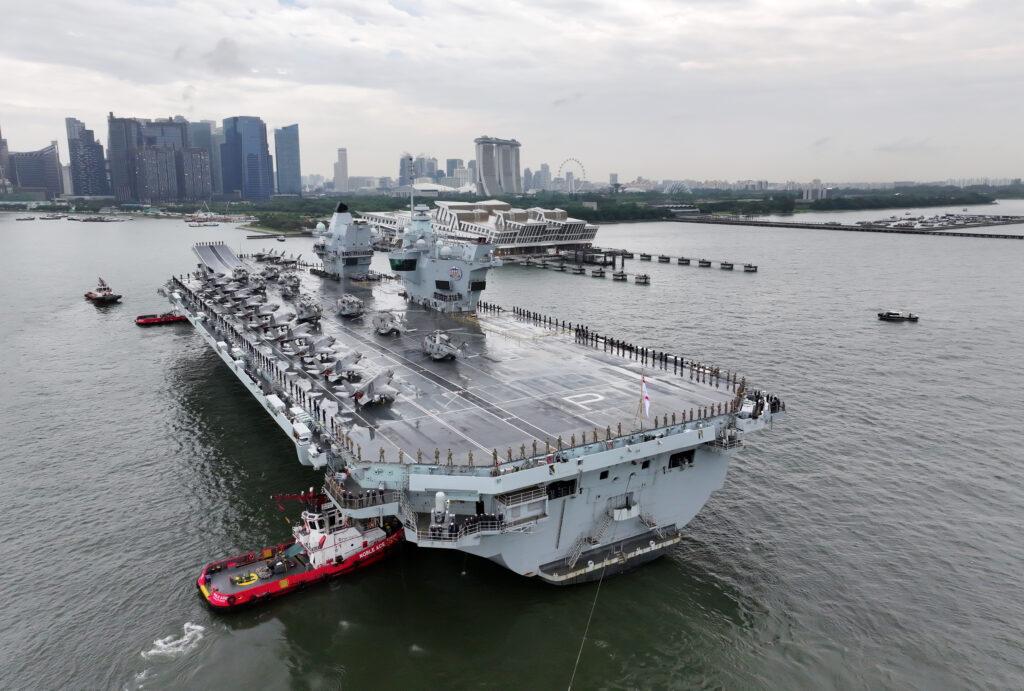
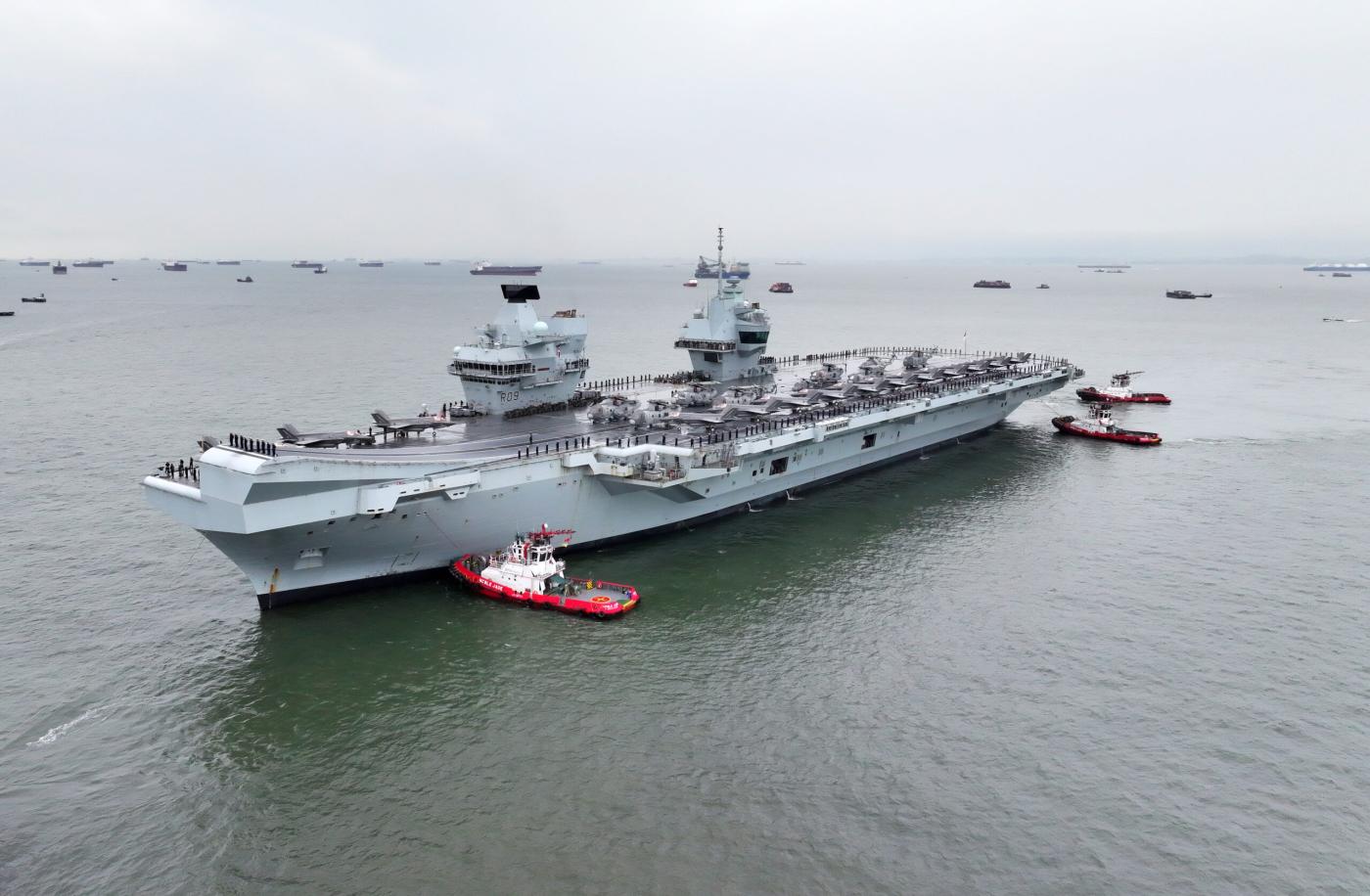
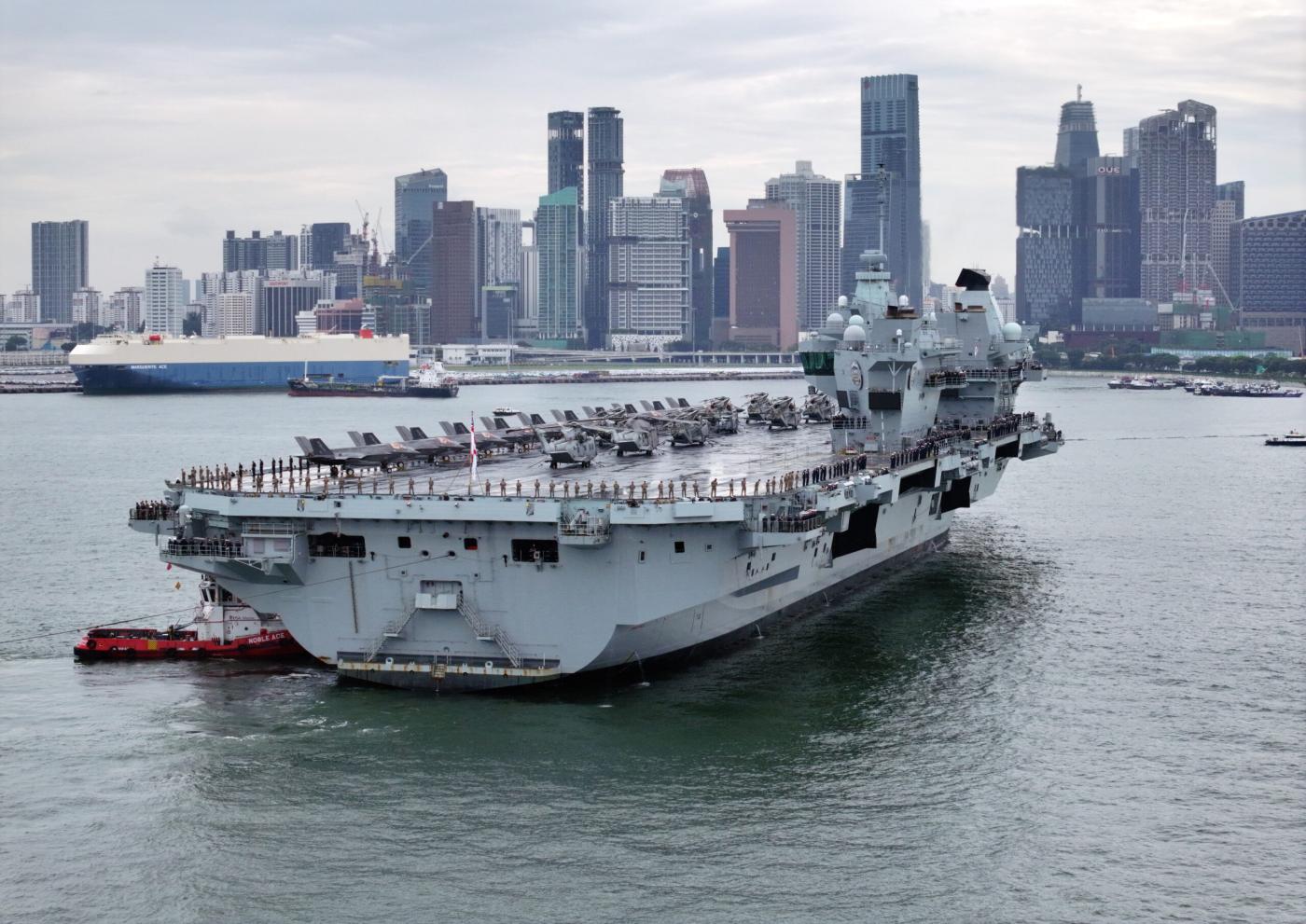
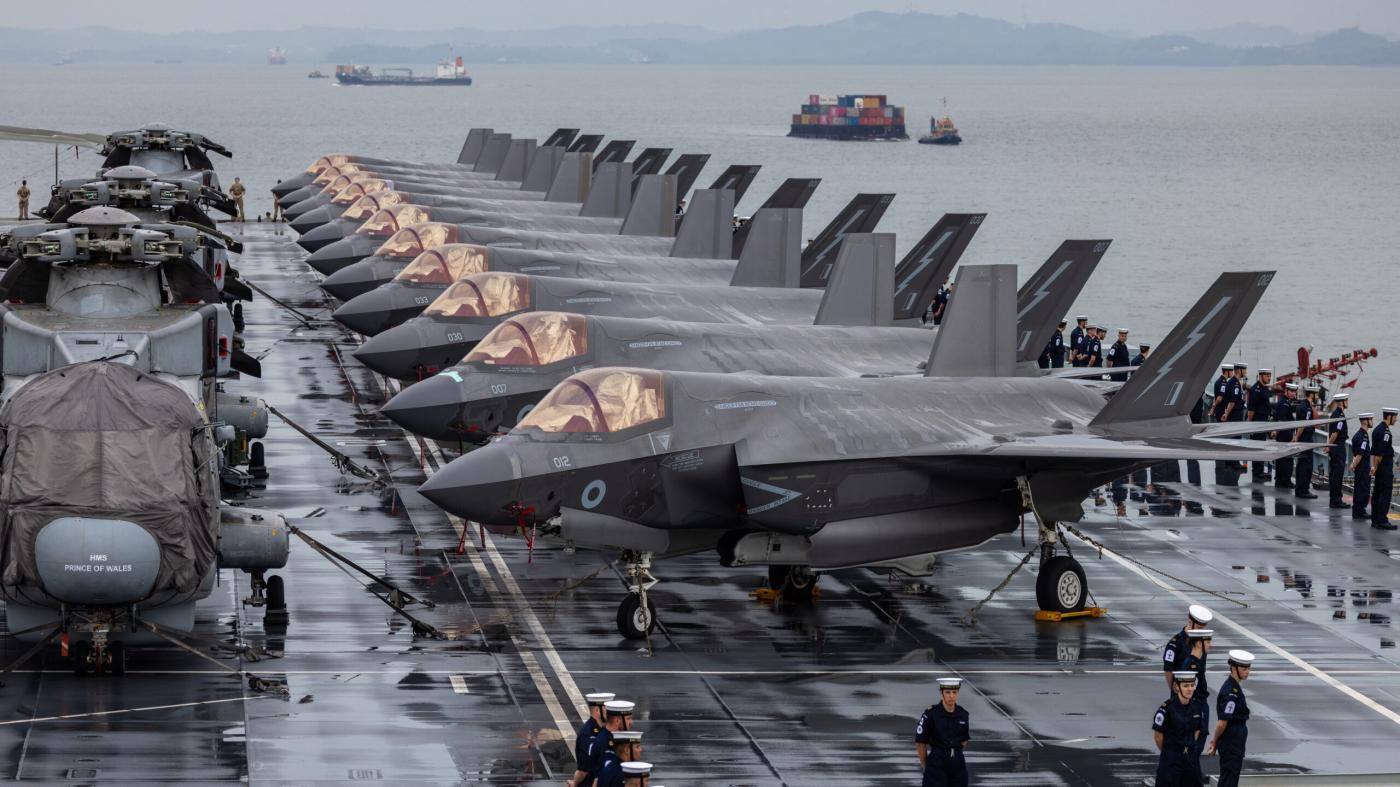

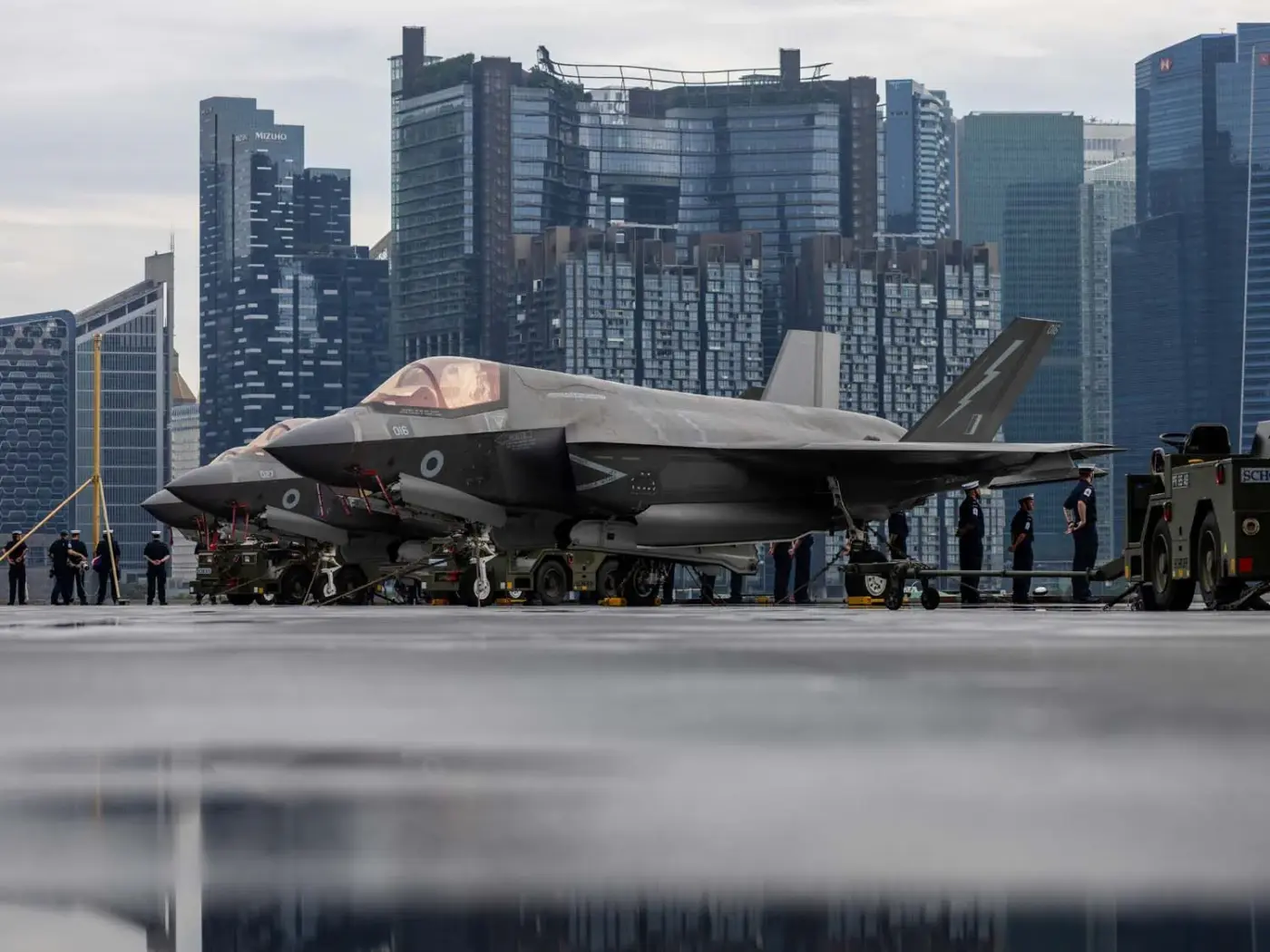

comments
Add the first comment
see also
SNMCMG1 Enhances Mine Countermeasure Readiness During BALTOPS 2025
Polish Naval Aviators Rescue Kitesurfer off Hel Peninsula - 815th SAR Mission Completed
Eighth SAR Operation of 2025: Polish Naval Aviators Evacuate Passenger from Cruise Ship AIDAbella
Shipbuilder - A Mission-Driven Profession Regaining Prestige. Head to Gdynia on June 29!
Italy’s M23 Srl Offers C-Class Midget Submarines to the Polish Navy
USS Mount Whitney Visits Gdańsk Amid BALTOPS 25 Interoperability Operations
101st Mission of "Heart Action": Naval Aviators Once Again Fly to Save Lives
HMS Venturer Makes Striking Debut on the Forth - First Type 31 Frigate Floated Out as Programme Milestone Reached
Flint Systems Delivers World’s First Underwater Welding and Cutting Simulator to the Polish Navy
HMS Venturer and Poland’s Miecznik: Sister Frigates Shaping the Future of NATO Naval Power
ADVERTISEMENT
ADVERTISEMENT